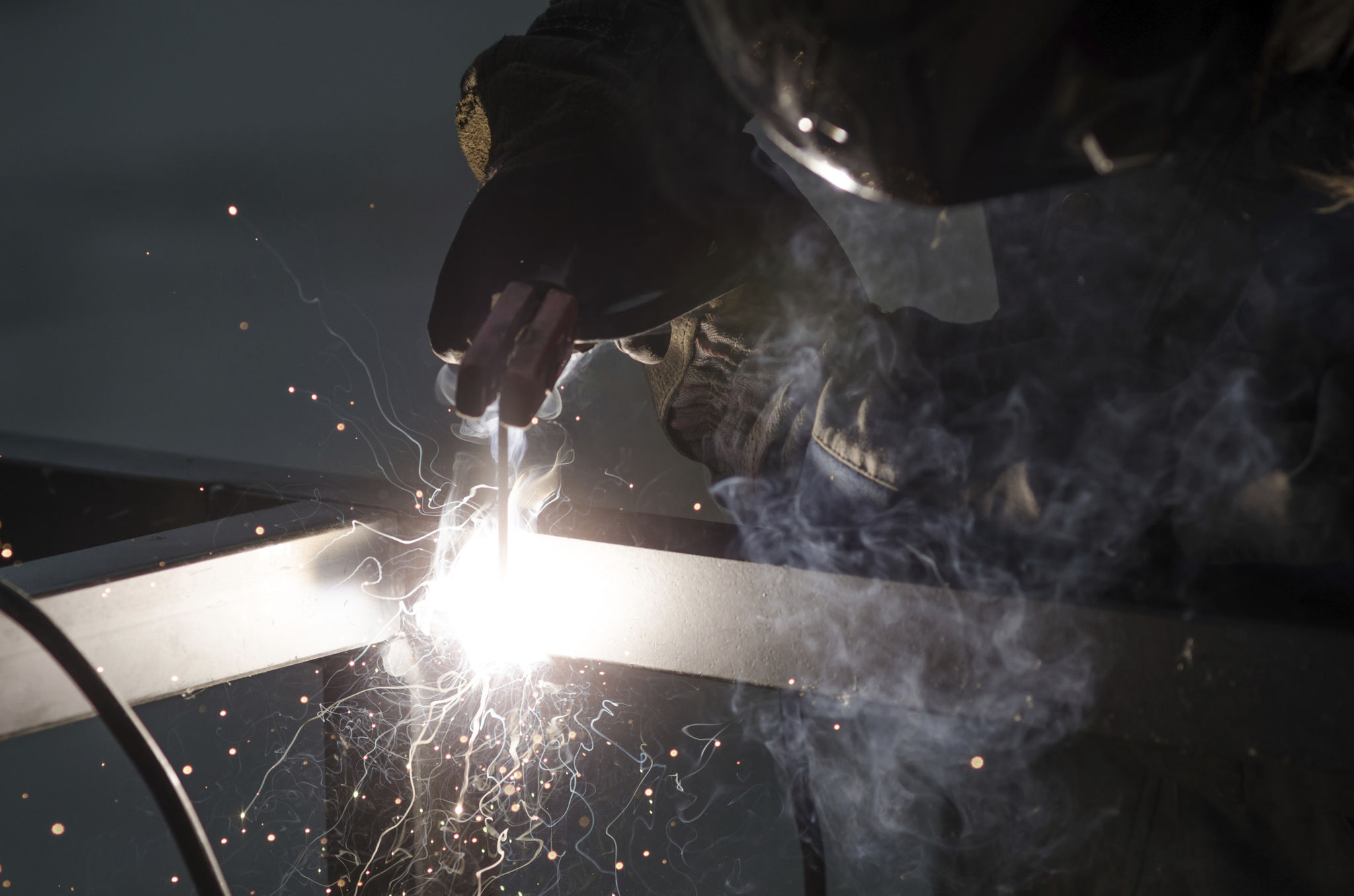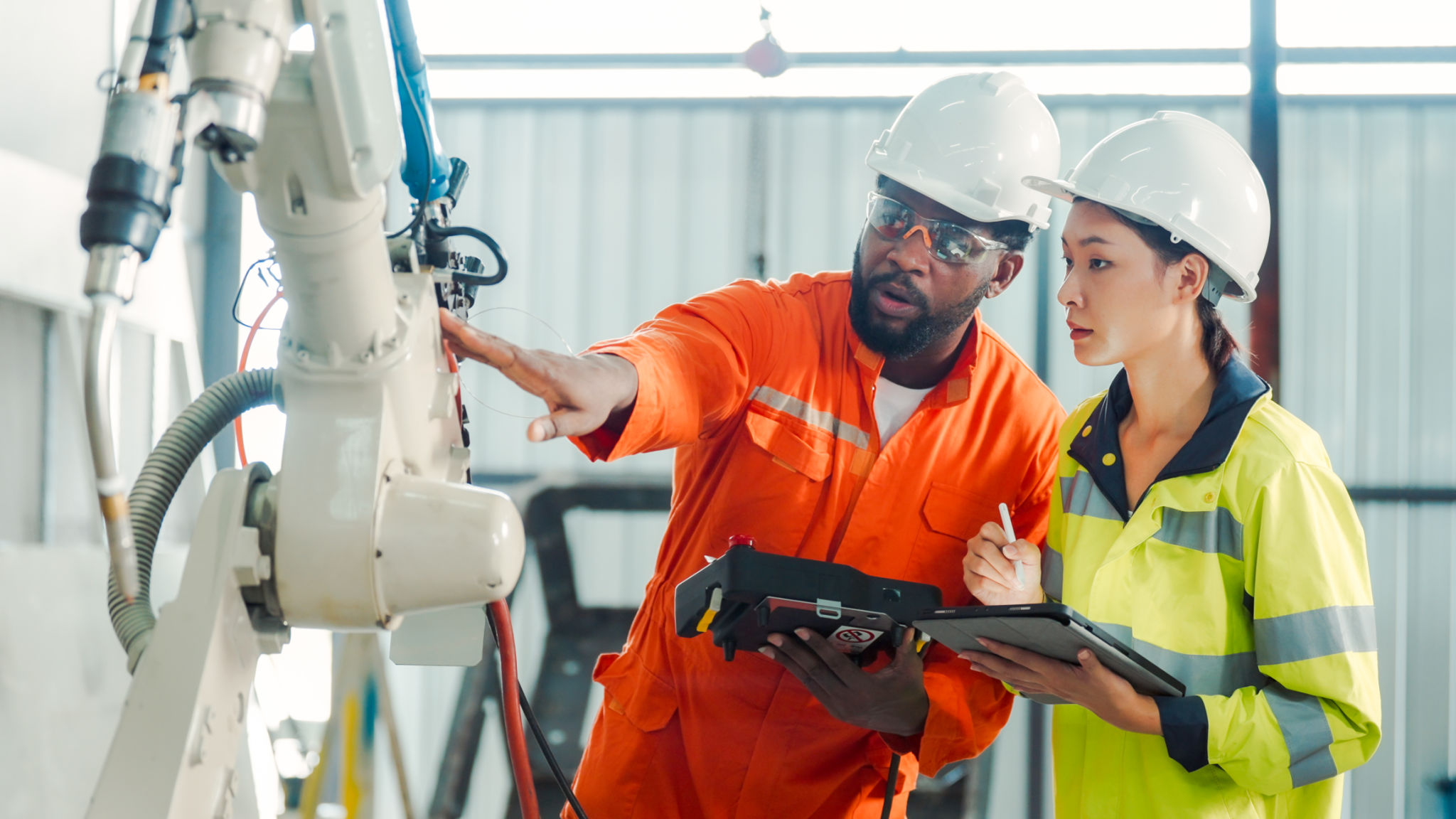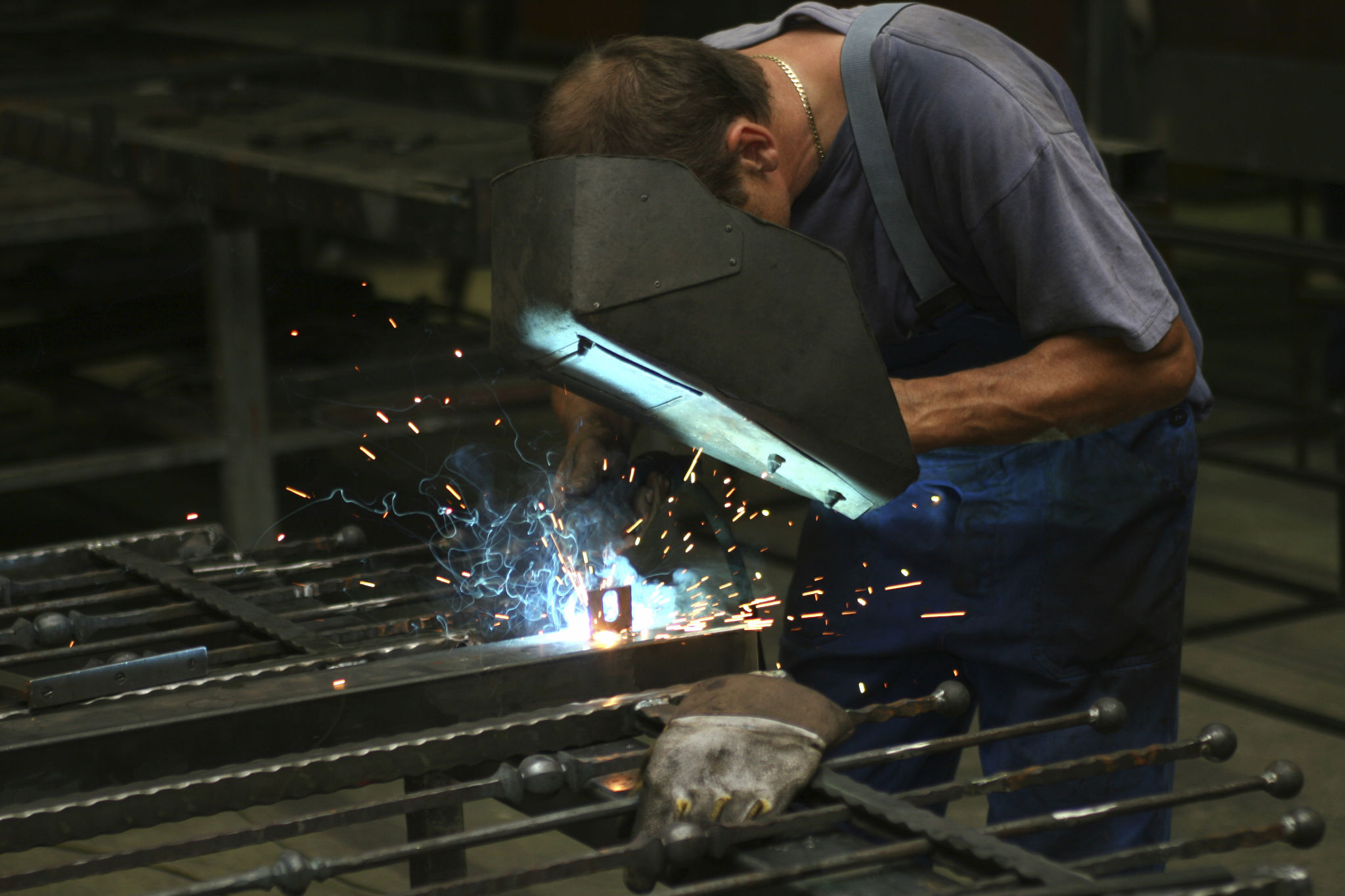Common Misconceptions About Aluminum Welding in Colorado
Understanding the Basics of Aluminum Welding
Aluminum welding is a process that often leads to confusion, especially among those new to the field. While aluminum is a common material, its unique properties require specific techniques and considerations. Understanding these basics is crucial for achieving high-quality welds and avoiding common pitfalls.

Misconception 1: Aluminum Welding is the Same as Steel Welding
One of the most common misconceptions is that aluminum welding is just like welding steel. This is not the case. Aluminum has a lower melting point and higher conductivity than steel, which means it requires different techniques and equipment. It's important to adjust your approach when working with aluminum to ensure successful results.
Misconception 2: Any Welder Can Weld Aluminum
Another prevalent myth is that any welder can easily switch from steel to aluminum. The truth is that aluminum welding requires specialized training and experience. The skills needed to handle the material's unique challenges, such as preventing oxidation and managing heat input, are essential for producing strong, durable welds.

Challenges in Aluminum Welding
Welding aluminum comes with its own set of challenges. One major challenge is the material's tendency to crack if not handled correctly. Additionally, aluminum's reflective surface can make it difficult to see the welding process clearly, which can lead to mistakes. Understanding these challenges is the first step toward overcoming them.
Misconception 3: Aluminum Welding Does Not Require Cleanliness
Some may believe that cleanliness is not critical when welding aluminum. However, this couldn't be further from the truth. Aluminum must be thoroughly cleaned before welding to remove any oxides or impurities that could weaken the weld. Using a wire brush specifically designed for aluminum is essential for proper preparation.
The Importance of Proper Equipment
Using the right equipment is crucial when welding aluminum. Specialized welding machines that can handle the material's high thermal conductivity are necessary. Additionally, selecting the appropriate filler material and shielding gas can significantly impact the quality of the weld.

Misconception 4: Aluminum Welds are Weak
A common misunderstanding is that aluminum welds are inherently weak compared to other metals. In reality, when done correctly, aluminum welds can be just as strong as those of other materials. The key lies in using the right techniques and ensuring precise control over the welding process.
Best Practices for Aluminum Welding
To achieve successful aluminum welds, it's important to follow some best practices. These include maintaining a consistent speed during welding, using a push technique rather than a pull, and applying the correct amount of heat. These practices help ensure a smooth, strong weld free from defects.
Conclusion: Dispelling Myths and Embracing Knowledge
By understanding and dispelling common misconceptions about aluminum welding, welders in Colorado—and beyond—can improve their skills and produce higher-quality results. Embracing the unique characteristics of aluminum and adapting your techniques accordingly is key to success in this specialized field.

